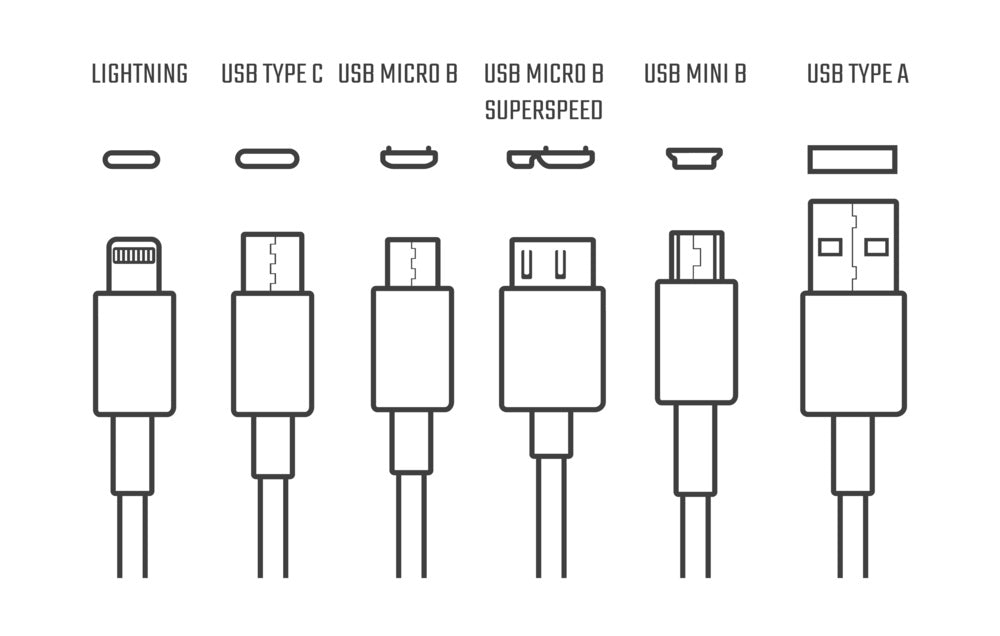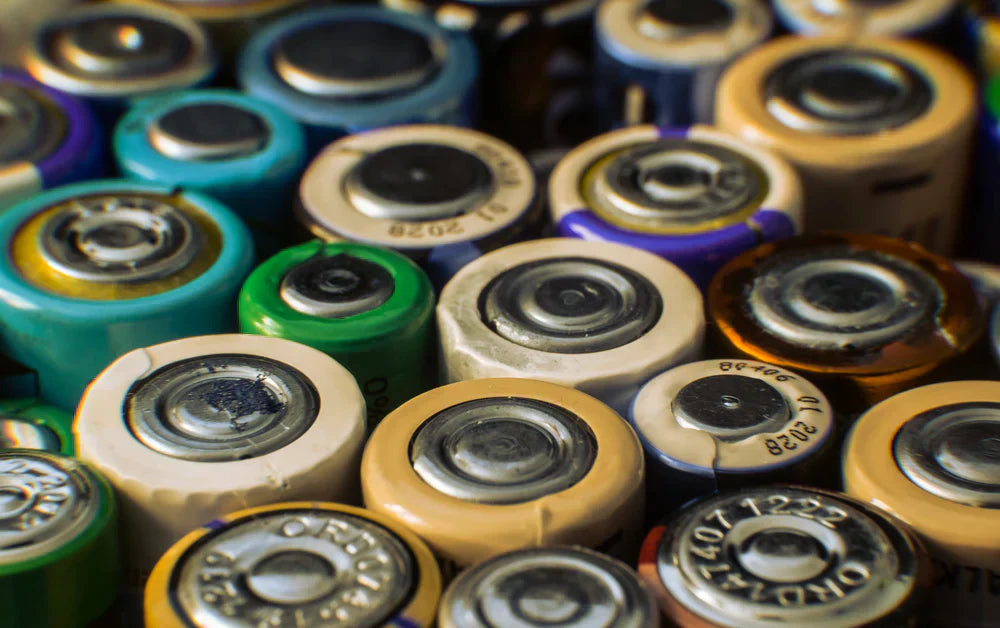The Future of USB-A and B Now That USB-C Is Here | Paleblue

Last year, the Pale Blue Earth team made a conscious decision to start promoting USB-C rechargeable batteries. They are the same dependable Pale Blue Earth batteries our customers have come to know and love but with a different port for charging. Simply put, we adopted the USB-C port. So what now? Where do things stand?
If you have been paying attention to the USB-C rollout, you know that it is catching on pretty quickly. Lots of new devices utilizing USB for either data transfer or power have made the transition to the USB-C port. And yet USB-A and USB-B are still out there. What does the future look like for those older technologies?
Why USB-C to Begin With
USB-A and B's future are still a bit cloudy right now. To understand why, one needs to go back to why USB-C was developed. USB itself is a technology that was developed by a consortium of tech companies looking to standardize computer peripherals. That was decades ago. Release of the first generation of USB ports and cables was met with resounding success.
It wasn't too long after that engineers decided to begin harnessing USB to transfer power as well as data. Different USB ports were developed to accommodate electronics of varying sizes. That is how we ended up with USB-A and B.
The need for USB-C became apparent with the launch of the cell phone. Cell phones and their later cousins, tablet computers, are too thin for USB-A. The thinnest of devices do not even work well with USB-B. More importantly, the introduction of rechargeable lithium-ion batteries created a new challenge for charging handheld devices.
USB-C was essentially developed out of the need to transfer both data and power more quickly. As it was developed, engineers also decided that a standard port and plug would be the best way to go. They opted to make it thin enough to accommodate even the smallest electronic devices. They also decided to standardize the shape so as to make it device agnostic.
Still Not a Necessity
All this leads back to the current state of USB-A and USB-B. They are still around because adopting USB-C isn't a necessity. Despite different plug and port shapes, the main premise of USB hasn't changed. So there are still plenty of devices that use the older ports and plugs.
USB-C is ideal for rechargeable lithium-ion batteries because it reduces charging times and eliminates the need for special chargers. On the other hand, there isn't an immediate need for laptop makers to abandon USB-A for things like flash drives and external WebCams.
Likewise, manufacturers of those external devices are more than happy to continue supporting older ports and cables. They do not see a need to make the switch either. Until someone forces the issue, we suspect USB-A and B deployment will continue unabated.
TVs and Cell Phones
We adopted USB-C for our rechargeable batteries because we appreciate where the technology is going. Some of our competitors have done the same thing. But where USB-C seems to be hottest right now is in TVs and cell phones.
TVs, especially those used as computer monitors, benefit from USB-C's faster data transfer speeds. As for cell phones, USB-C opens the door to a ton of additional functions including using a TV as a monitor for a phone screen with casting.
The chances are pretty good that USB-C adoption will ultimately make USB-A and B completely obsolete. How long it takes remains to be seen. In the meantime, we will continue to utilize USB-C for our rechargeable lithium ion batteries.
- Tags: Batteries USB-C Batteries







